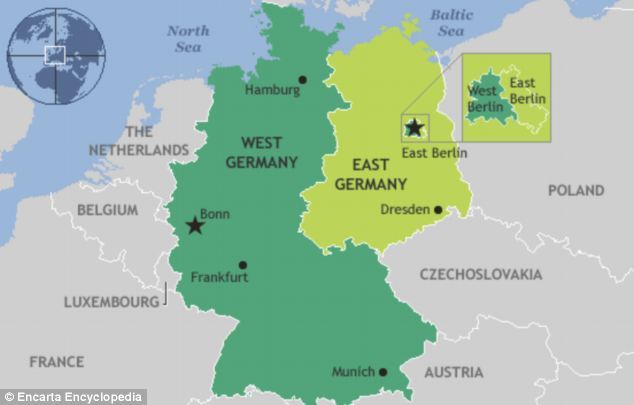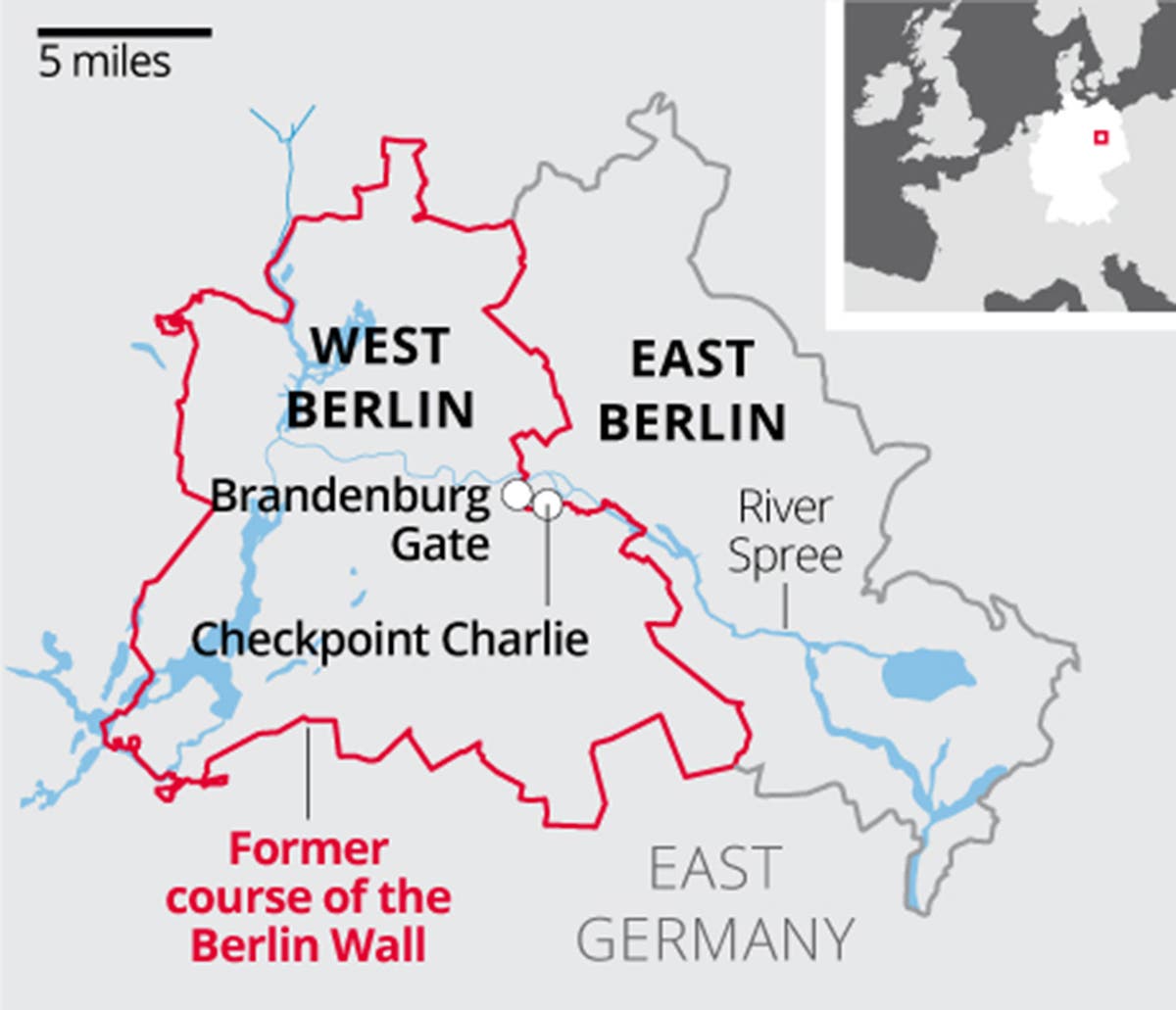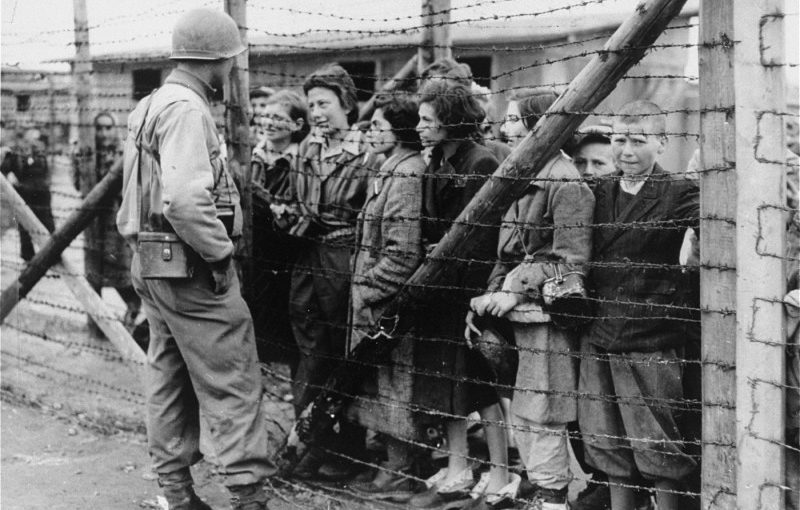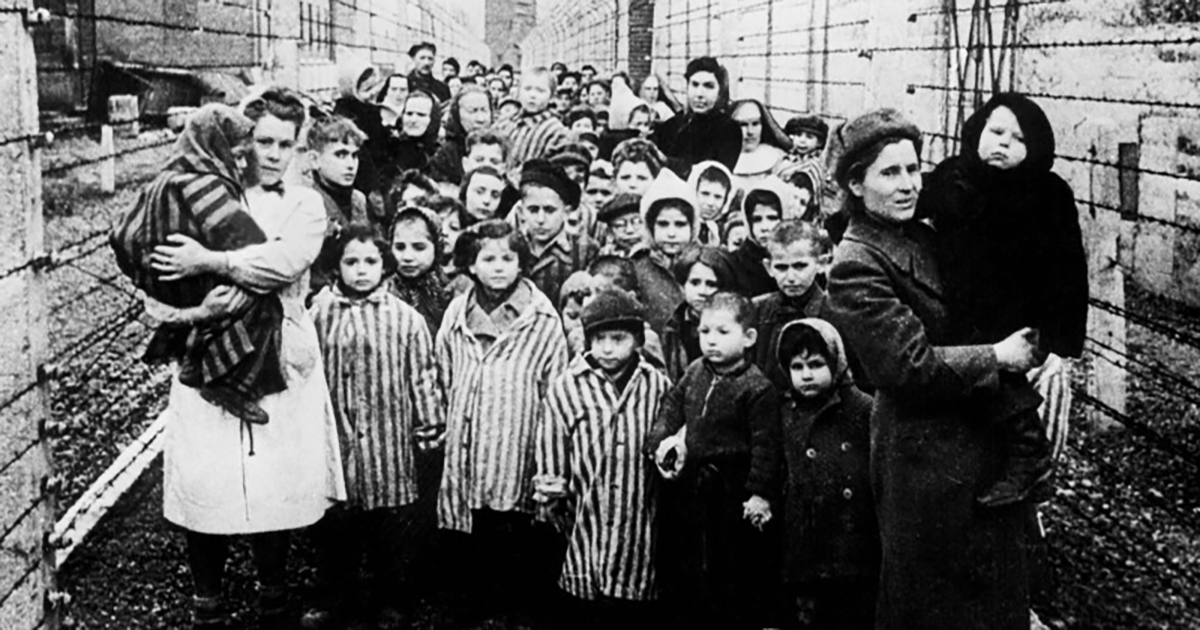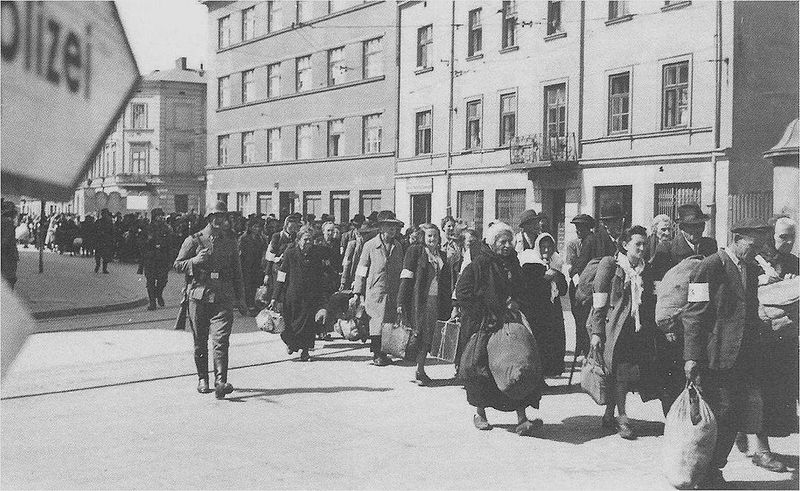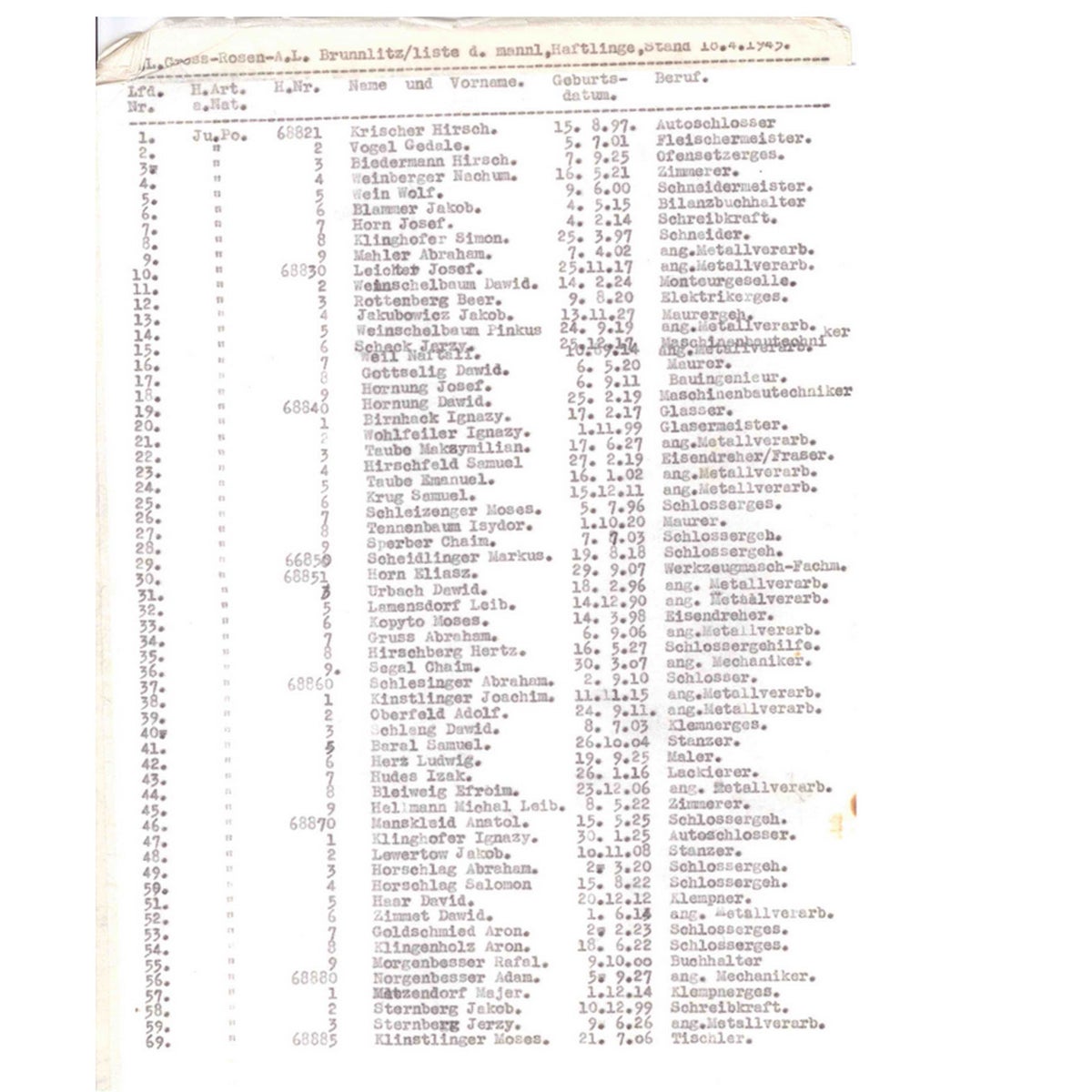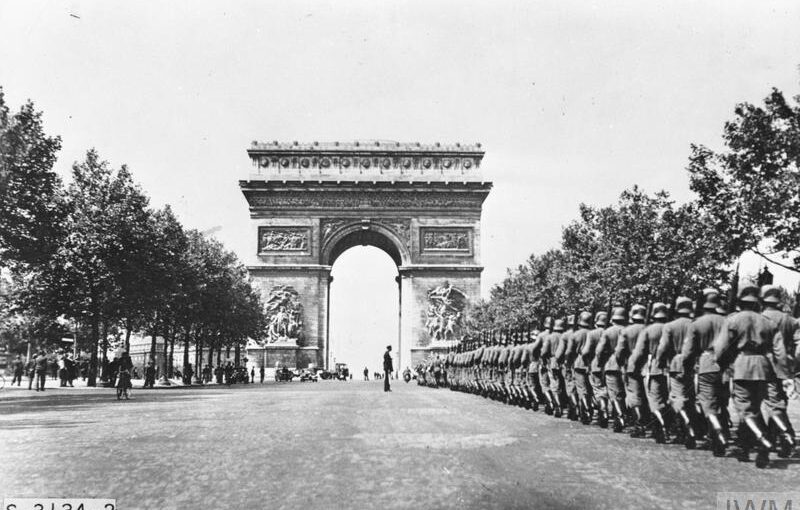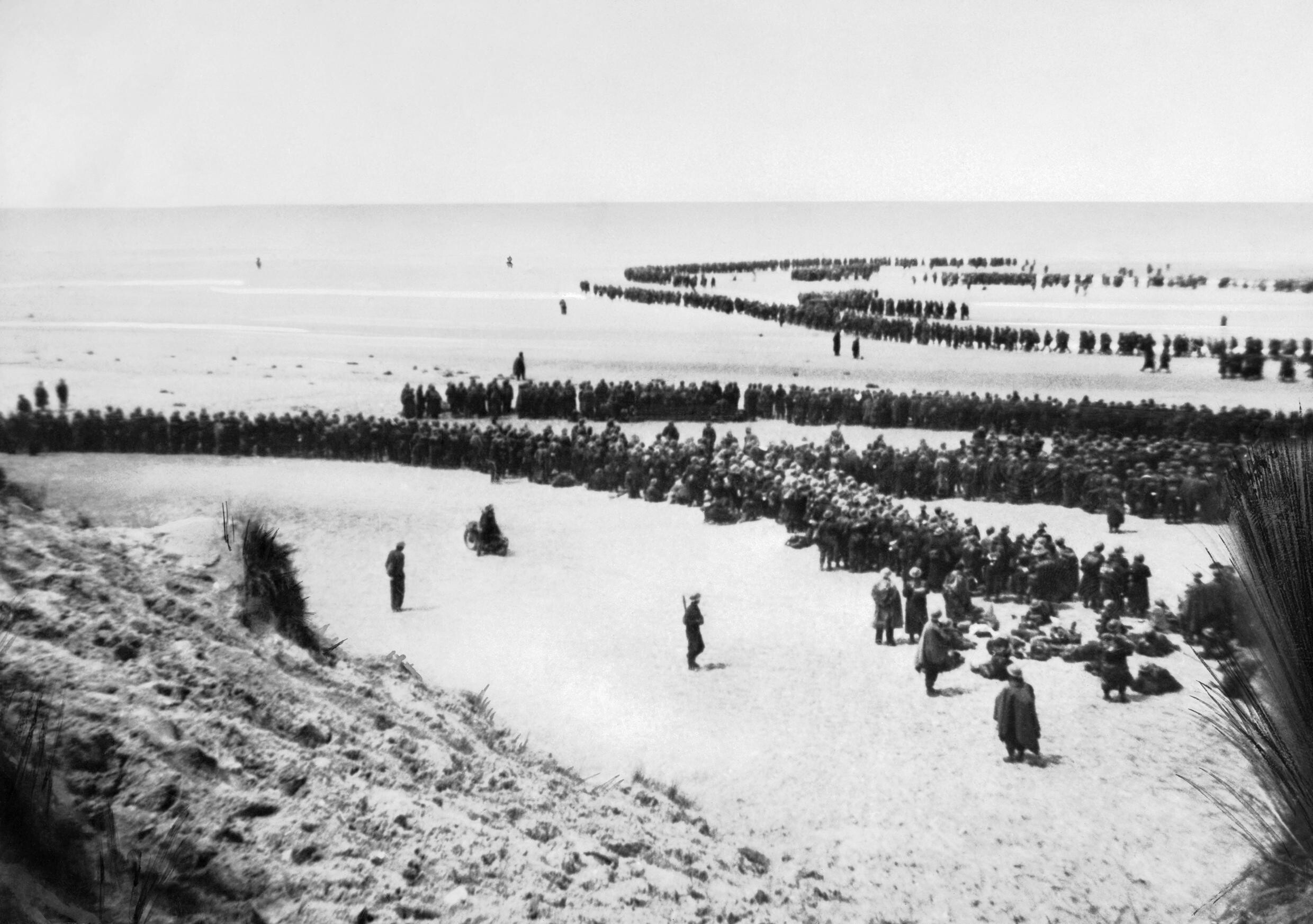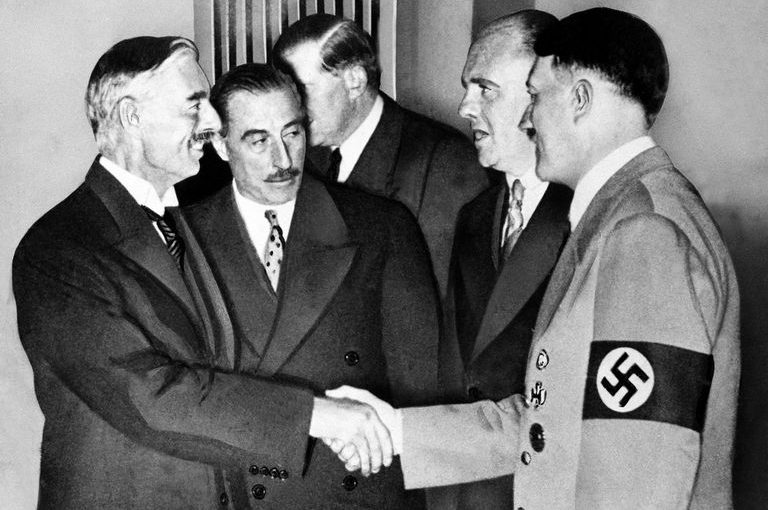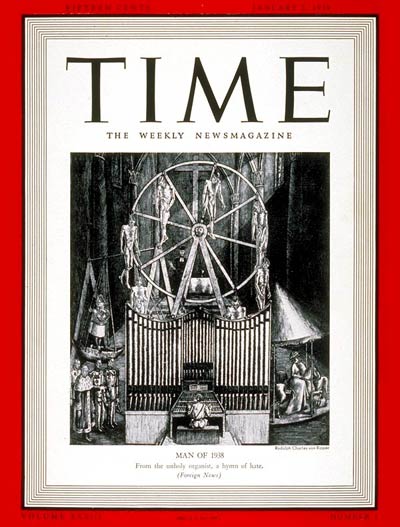For 26 long and arduous years, the Berlin Wall stayed up. Anywhere between 130-200 people attempted to cross the wall and died trying. Many Presidents and Soviet Leaders came and went, until two very divisive figures showed up.
One of them was Ronald Reagan, a film star turned Governor of California and later POTUS, who had a very tough stance on communism compared to his predecessor, Jimmy Carter. Whilst no-one wanted communism to spread, Reagan was harder on it than most. He advanced technology, especially in the space programme and computers. In order to stop the spread of communism in South America, he actively traded with Iran, who had an embargo due to their war with Iraq who was a US Ally, in order to fund anti-communist militia forces in Nicaragua, in the infamous Iran-Contra affair.

Yes, let us pray for the salvation of all of those who live in that totalitarian darkness—pray they will discover the joy of knowing God. But until they do, let us be aware that while they preach the supremacy of the State, declare its omnipotence over individual man, and predict its eventual domination of all peoples on the earth, they are the focus of evil in the modern world. So, in your discussions of the nuclear freeze proposals, I urge you to beware the temptation of pride—the temptation of blithely declaring yourselves above it all and label both sides equally at fault, to ignore the facts of history and the aggressive impulses of an evil empire, to simply call the arms race a giant misunderstanding and thereby remove yourself from the struggle between right and wrong and good and evil.
Ronald Reagan, National Association of Evangelicals, 1983
The USSR believed much of what Reagan was doing was an intentional prep for war. Whilst tensions rose, the unthinkable happened. Leonid Brezhnev died. He was replaced by Yuri Andropov, who also died. He was replaced by Konstantin Chernenko, who also died. He was replaced by Mikhail Gorbachev, who did not die. He believed that the reason the Soviet system was failing was because people were not satisfied with the outcome of their hard work, due to the lack of free speech in the country.

His changes were enacted quickly. People were allowed to criticise the government, they were allowed to enjoy Western pop-culture and food and the media were allowed to interview western politicians, most notably the British Prime Minister, Margaret Thatcher. He also began de-escalating the arms race with the West, most notably stopping the production of Intermediate Ballistic Missiles. Where many others in the Eastern Bloc saw reform, Reagan saw an opportunity.
Behind me stands a wall that encircles the free sectors of this city, part of a vast system of barriers that divides the entire continent of Europe. . . . Standing before the Brandenburg Gate, every man is a German, separated from his fellow men. Every man is a Berliner, forced to look upon a scar. . . . As long as this gate is closed, as long as this scar of a wall is permitted to stand, it is not the German question alone that remains open, but the question of freedom for all mankind. […] General Secretary Gorbachev, if you seek peace, if you seek prosperity for the Soviet Union and Eastern Europe, if you seek liberalization, come here to this gate. Mr. Gorbachev, open this gate! Mr. Gorbachev, tear down this wall!
Ronald Reagan, Brandenburg Gate, 1987
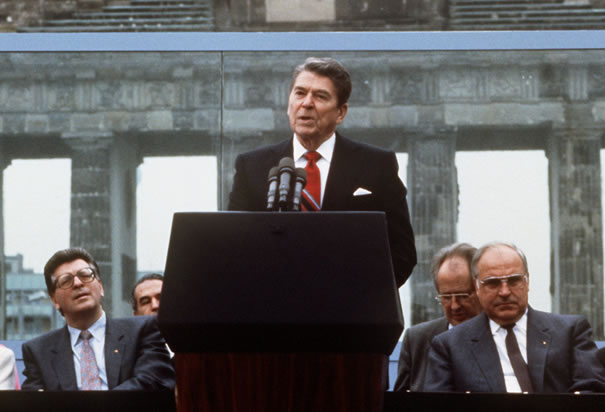
With all these reforms, many began to question what would become of the Eastern Bloc, an idea that crossed the Prime Minister of Hungary’s mind. He visited Moscow, and asked Gorbachev about reforms he wanted to enact. Gorbachev said that he did not agree with them but would not stop them from happening either.
Many countries in the Eastern Bloc began carrying out free and fair elections, with Poland’s anti-Soviet party winning 99 out of 100 seats in the Senate. Barbed wire began to come down in Hungary and the Iron Curtain was crumbling. One country that did not enact such reforms was Germany, run by hardline Stalinist, Erich Honecker. The still destitute Germans realised that if transport was permitted out of Hungary, then they could get to Hungary and move to the West that way. Tens of thousands practiced this before Honecker stepped in and banned all transport to Hungary. However, the Freedom Fever kept going as the Czech Embassy for East Germany was opened to civilians and political unrest began occurring in East Germany. Honecker was ousted by the Politburo whilst the unrest continued. One target on their minds was the wall.
On November 9th, 1989, in order to quell the chaos, the East German Government held a press conference led by Günter Schabowski, where it was announced that the travel ban from East to West Germany would be lifted. Towards the end of this hectic conference, he was asked when this would take effect he said that “As far as I know, it takes effect immediately, without delay”. This was a mistake. The ban was meant to be lifted the next day. But, the German people had heard what they wanted to hear and, later that day, thousands of Germans came to the wall. The guards, overwhelmed, allowed the people through, whereupon the Berlin Wall was torn down.

The tearing down of the Berlin Wall is considered to be one of the great stepping stones in Eastern European freedom and the downfall of the Soviet Union. Families and friends who had been separated for nearly 3 decades partied into the night. The next year, Germany reunified into one German State.


